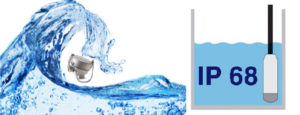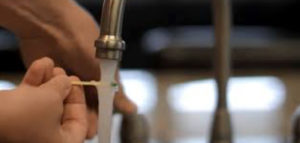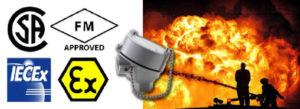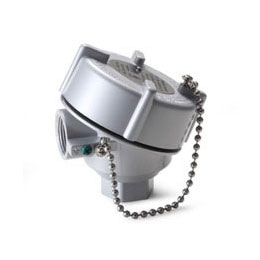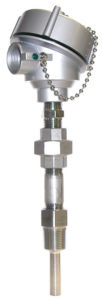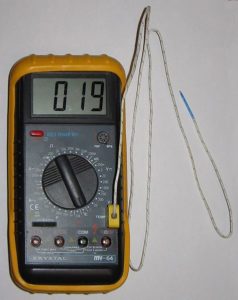The Difference between NEMA 4 and NEMA 4X Enclosures is that NEMA 4X Enclosures offer corrosion resistance
NEMA is an acronym for National Electrical Manufacturers Association. This organization gives electrical component enclosures ratings — such as NEMA 4X — based on their protective qualities. NEMA ratings specify whether an electrical component enclosure is safe for outdoor use, and what type of environmental conditions it can withstand.
Watertight. Must exclude at least 65 GPM of water from 1-in. nozzle delivered from a distance not less than 10 ft for 5 min. Used outdoors on ship docks, in dairies, and in breweries.


